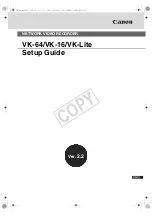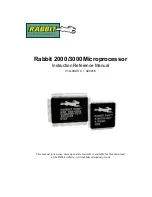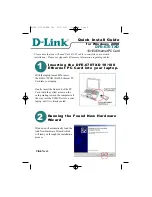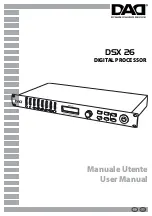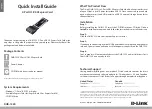
150-231-185-05, Revision 05
Front Panel
HLU-231 List 8E
September 13, 1999
5
Table 1.
Front-panel Description
Front-panel Feature
Function
Front-panel display
Displays four-character status, provisioning, and alarm system messages.The front-panel display
illuminates when power is initially applied. To conserve power the display only remains on for
4 minutes. Using the MODE or SEL buttons reactivates the display and restarts the 4-minute timer.
Refer to
for a listing of the four-character messages.
System option buttons
(MODE and SEL)
Permits the user options to be monitored and modified without the need of a maintenance terminal.
Used to initiate all HiGain loopbacks and to display DSX-1 line parameters and line unit identity.
Status LED
The status LED can report the following conditions:
Green
Normal operation
Flashing green
HDSL loop acquisition
Red
Fuse Alarm
Flashing red
System alarm
Yellow
Self Test is in process or an HLU-231 List 8E Customer Remote Loopback (CREM) or a Network
Local Loopback (NLOC) is in effect.
Flashing yellow
HLU-231 List 8E is Armed to respond to Intelligent Repeater Loop (ILR) codes.
DSX-1 access jacks (DS1
Cross-connect frame)
XMT is the Transmit jack and RCV is the Receive Jack for spanning and bridging
SPAN
Provides splitting jack access to (XMT) and from (RCV), the HDSL span at the DSX-1 interface.
Breaks the XMT and RCV paths to permit test signal insertion and retrieval.
BRG
Provides non-intrusive bridging jack access to (XMT) and from (RCV) the HDSL span at the DSX-1
interface. Allows the two T1 payloads to be monitored.
Craft (RS-232) port
Provides bidirectional communication between the unit and an external terminal to allow
configuration and performance monitoring through the Maintenance Terminal screens.
CLEI and ECI bar code label
Provides the human-readable Common Language Equipment Identifier (CLEI) code number and the
Equipment Catalog Item (ECI) bar code number.
List number
Identifies the version of the HLU-231.
Retaining latch
Retains the card in the shelf when pulled up and extracts the card from the shelf when pulled down.
Configuration number
Contains either a five or six-digit warranty configuration number or a stand-alone two or three-digit
configuration number as follows:
Digit 1 - Last digit of shipment year
Digits 2 and 3 - Shipment month
Digits 4, 5, and 6 - Configuration number
The configuration number can also be found on a small bar label that contains the Julian date code
and part number. This gummed label may be affixed to the PC board or to the front panel.





























